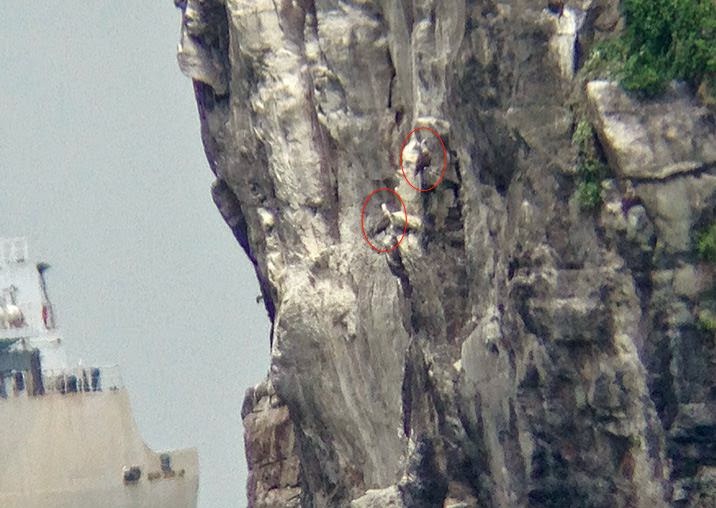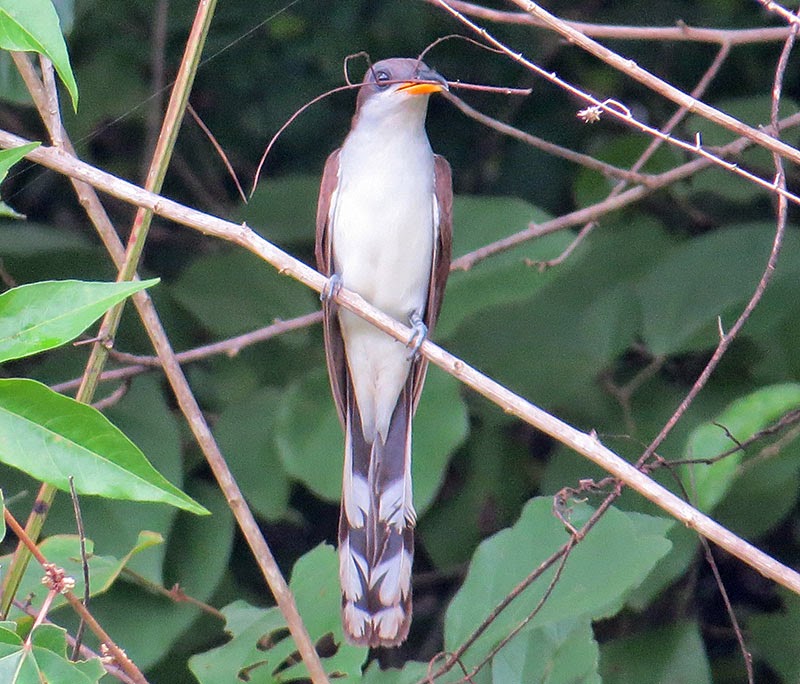Bicolored Wren in Yaviza, plus Crested Eagle; a report by Guido Berguido
While leading a birding trip with Todd Pepper, Advantage Tour's ( www.advantagepanama.com ) Luis Paz found a nesting pair of Bicolored Wren (Campylorhynchus griseus) at Yaviza, on Friday Aug 29, 2014 at aprox 1:30pm. At first thought to be a White-headed Wren, their much larger size and dark crown revealed what they were really looking at. This represents a significant North-Westward range expansion for the species. Good news for birders, but bad news for conservation, as this species favors disturbed areas. Also noteworthy was a juvenile Crested Eagle at the San Francisco Reserve on Thursday Aug 28.



